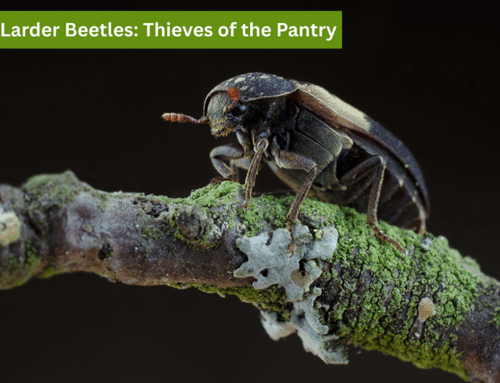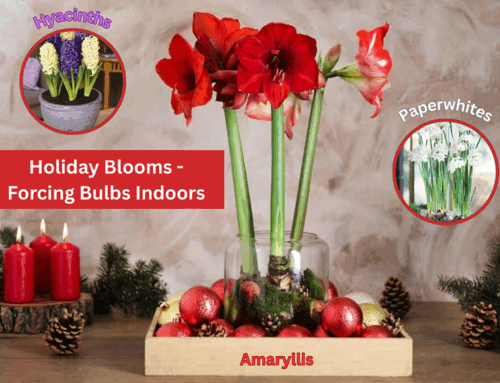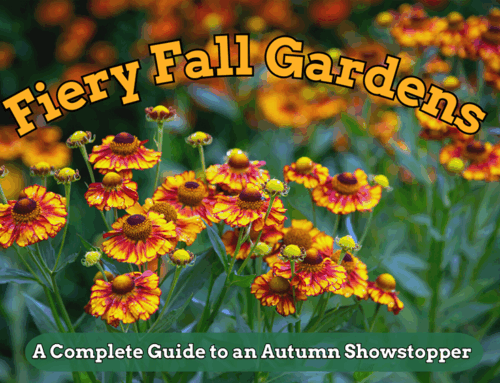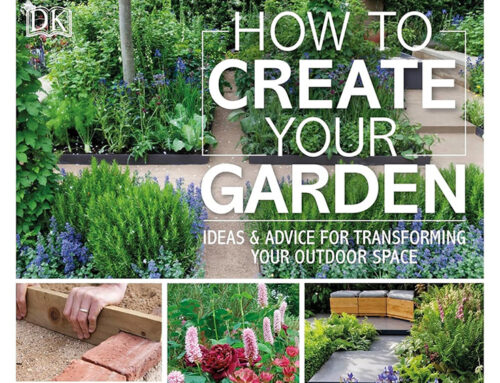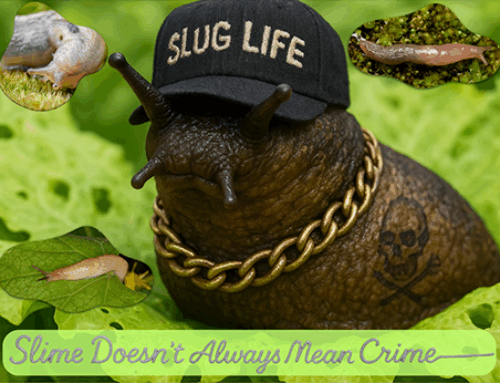Dead Wood Keeps it Lively
By Brett Kerley
In autumn when the leaves fall and we’re busy tidying up our yards to make them winter ready, we often find ourselves with an abundance of twigs, large sticks and branches that may have come down. So what do you do with all this dead wood? Bag it? Bundle it for the waste collectors to take away? Why not put it to good use?
Mulching and Composting
Last year I purchased a small second hand electric wood chipper. It was inexpensive (around $100) and it’s been well worth it. When I trim my cotoneaster hedge, I throw the fine green branches through the chipper, mulching them up so that they can go into my compost bin. Old wood, such as the twigs and small branches (under 1 ½” (4cm)), also go in the chipper. I use the results as mulch throughout my yard. It doesn’t produce very much once chipped, but at least I’m preventing it from being trucked off to be destroyed elsewhere. I could also use these chippings in my compost as “browns.” They’re extremely carbon rich, a must-have ingredient for any compost bin, but I find I have too many browns already so I use them elsewhere in my yard.
Wood chippings absorb water and shade the top layer of soil, helping to regulate moisture levels. This keeps plants moist for longer and reduces water needs. Another benefit: weeds have a hard time getting through. I’d do anything to prevent those darn weeds from sprouting up!
Dead wood as a habitat: How valuable is it?
 Did you know there are more than 1,000 wildlife species that rely on dead or dying wood for their homes? Of course I’m not just talking about the wood that’s laying on the ground; this also includes trees that may have dead/dying branches or trees that have completely died from top to bottom. Bats, woodpeckers, beavers, beetles, fish, reptiles, and more all depend on dead wood.
Did you know there are more than 1,000 wildlife species that rely on dead or dying wood for their homes? Of course I’m not just talking about the wood that’s laying on the ground; this also includes trees that may have dead/dying branches or trees that have completely died from top to bottom. Bats, woodpeckers, beavers, beetles, fish, reptiles, and more all depend on dead wood.
Dead trees that are still standing, called snags, are homes to many birds. Woodpeckers can easily peck holes in these trees to create a cavity and raise their young, high enough to be safe from predators.
Trees that have fallen are called nurse logs. These dead and fallen trees become literal garden beds of new life. In fact, these otherwise “dead” trees contain five times more living matter than when they were growing upright. Fungi mine the dead wood for nutrients, insects burrow under the bark, and new plants such as ferns find new homes in the decaying crevices. The fallen trees begin to decay with the help of insects, microbes, and fungus that recycle the wood into a rich, spongy soil called humus.
If this dead wood is left in our gardens, it can make this rich material that is vital for our ornamental and edible plants to grow in optimal growing conditions. The colour of humus is brown or black, and it has a loose, crumbly, and spongy texture.
What can we do?
Most homeowners want that picture perfect look in their garden. The flawless golf green lawn, the perfectly pruned shrubs… this is, of course, not reality in most cases. If you’re a true gardener, you’ll probably have a pile of old pots in one corner, muddy rubber boots outside the back door, and an area where you keep saying “I’ll get to that next year.”
Do you really want to help out your garden? Here are a few ways you can benefit from having dead wood in your garden. You’ll notice a big difference in a year!
Why not make a birdhouse or feeder out of some of the larger branches or logs? Hollow out the centre, add a roof, an entrance hole and ventilation holes then hang it at a height best suited to the bird you’re trying to attract. Suet feeders are even easier to make. Drill many 1” (2.5cm) deep holes around the log, attach a large eye hook to the top, fill with suet and then hang it where you can see the birds enjoying your creation. This also makes a great Christmas gift for those hard-to-buy-for wildlife lovers.


You can also find a spot where you can pile some logs up where they’re likely to be undisturbed. Bury the bottom layer of the logs slightly in the soil. Add smaller twigs and leaves in the gaps between each layer of logs. This will break down over the years, and will be home to many garden insects in the meantime. Woodlice, beetles, spiders, centipedes and many others will shelter in the dark, damp conditions. Overwintering insects will hide out there, including the beneficial super star of our gardens, the lady beetle. All these beneficial insects are needed in some way to keep the ecosystem going and our gardens healthy. It will also attract birds to look for insects to feed on, and they’ll also eat the nuisance insects.

A stumpery
A more decorative variation on the above is a stumpery. This works best if you have chunky logs of different shapes, sizes and species, and the gnarlier, the better. This creates more interest. Choose a partially shaded spot in the garden where it can be slightly damp. Dig out several trenches 10 to 20” (30 to 50 cm) deep and place your logs, some overlapping. Fill your trenches in with soil and/or smaller twigs and leaves.
Drill holes of different sizes in the larger logs where solitary bees can nest. Plant favourites like ferns, hostas, or lily of the valley around the logs. Your organised mess will soon look amazing and be a haven for many insects.
I hope this information has provided you with some inspiration to use what you have in your garden to create a better, healthier habitat that you can enjoy for many years.
Happy gardening everyone!


